Managing diabetes requires careful attention to diet. Some foods, while enjoyable, can significantly hinder diabetes management. Here’s a detailed look at 22 such foods that I strive to avoid.
1. White Bread
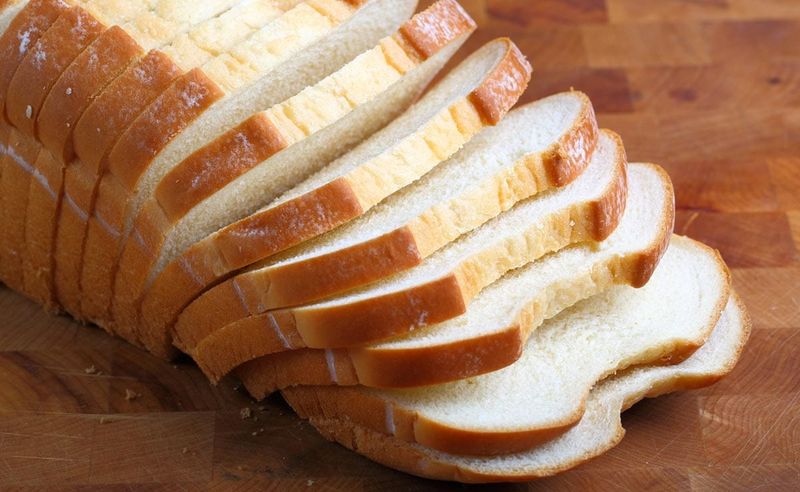
Who doesn’t love the comforting aroma of freshly baked white bread? Despite its irresistible smell, white bread is a staple that diabetics should handle with caution. Its high glycemic index can cause spikes in blood sugar levels, making it harder to manage diabetes effectively. Unlike whole grain alternatives, white bread lacks fiber, leading to quicker digestion and an immediate rise in glucose levels.
Opting for whole grain options can prevent these sudden spikes. While it might be challenging to resist, understanding the impact of white bread on blood sugar can help make healthier choices.
2. White Rice

The simplicity of white rice makes it a favorite in many cuisines. However, for those managing diabetes, it can pose a challenge. White rice is stripped of its bran and germ, removing essential nutrients and fibers that help regulate blood sugar.
Its high carbohydrate content and lack of fiber can cause blood sugar levels to rise rapidly. Switching to brown rice or other whole grains can provide a more balanced glycemic response, helping maintain stable blood sugar levels. The choice to swap white rice for a healthier option can make a significant difference.
3. Regular Pasta
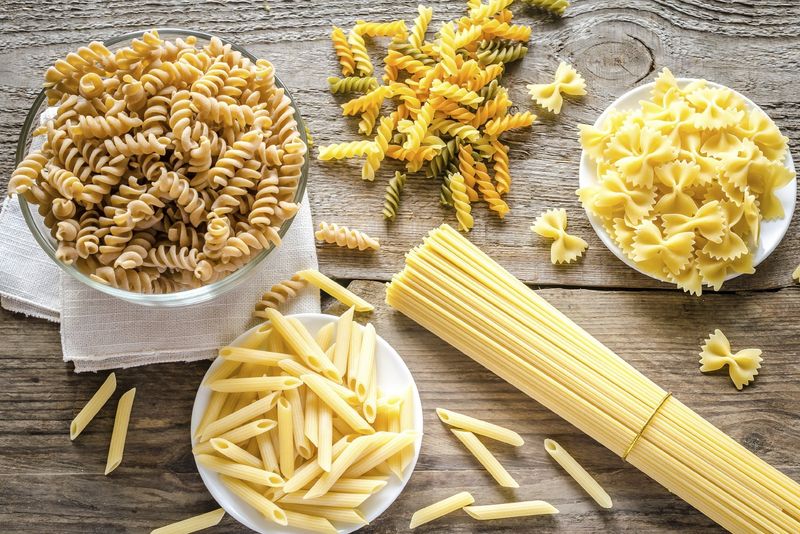
Imagine a cozy dinner with a plate of regular pasta. While comforting, regular pasta can be a hurdle for those managing diabetes. Its refined carbohydrates can lead to a quick rise in blood sugar levels, disrupting glucose control.
Whole grain pasta, with its higher fiber content, offers a better alternative. By slowing down digestion, it helps prevent sugar spikes. Understanding the effects of regular pasta on blood sugar can lead to more informed dietary decisions, allowing for occasional indulgences without compromising health.
4. Breakfast Cereals
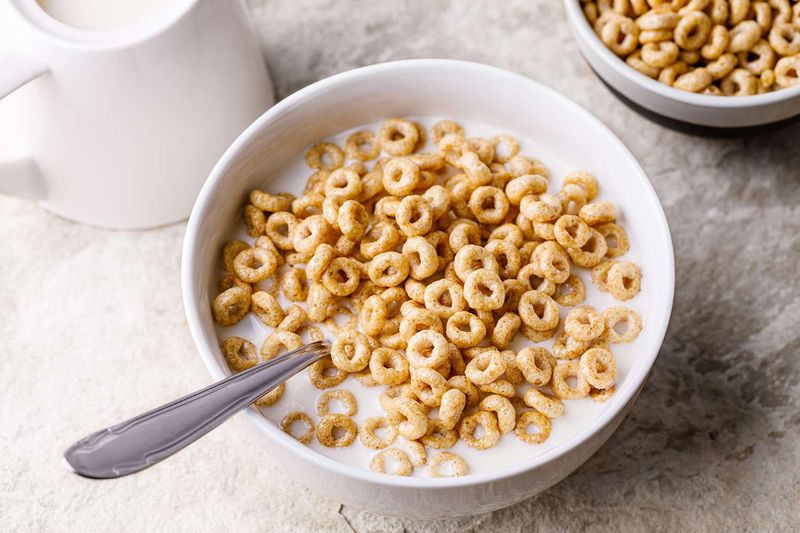
Breakfast cereals, especially sugary ones, often promise a convenient start to the day. However, they can quickly become a sugar-laden trap. Many cereals are high in refined sugars and low in fiber, leading to rapid blood sugar increases.
Opting for low-sugar, high-fiber cereals can provide a more balanced breakfast option. The awareness of hidden sugars in cereals is crucial for those managing diabetes, making it easier to choose options that support stable blood sugar levels and overall well-being.
5. Pastries and Doughnuts

The allure of pastries and doughnuts is hard to resist. Their sweet, flaky texture is a treat for the senses, but for diabetics, they can be problematic. These indulgent treats are typically high in sugar and unhealthy fats, contributing to blood sugar spikes.
Enjoying them in moderation or seeking healthier alternatives can aid in better blood sugar management. Recognizing the impact of these delicious pastries on glucose levels is key to making more mindful choices without sacrificing taste entirely.
6. Candy
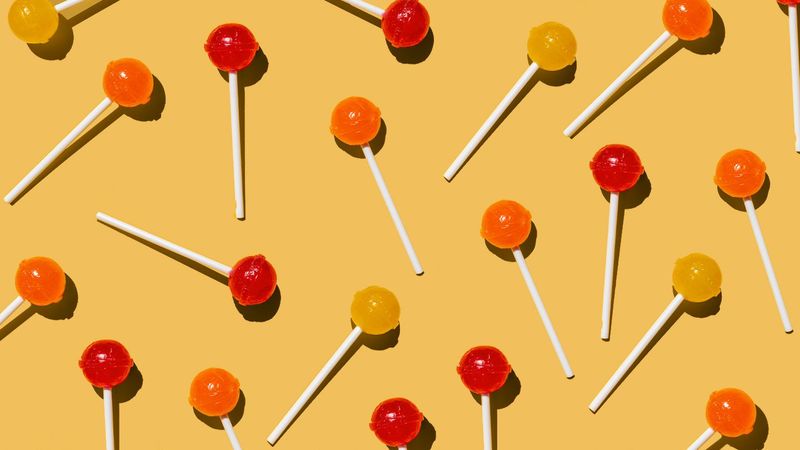
Candy’s vibrant colors and sweet flavors provide a quick sugar fix. However, for those with diabetes, candy can lead to a rollercoaster of blood sugar highs and lows. Its concentrated sugars offer little nutritional value while rapidly increasing glucose levels.
Choosing sugar-free alternatives or limiting consumption can help manage these swings. Understanding the impact of candy on diabetes management encourages more mindful snacking, balancing indulgence with health needs.
7. Regular Soda
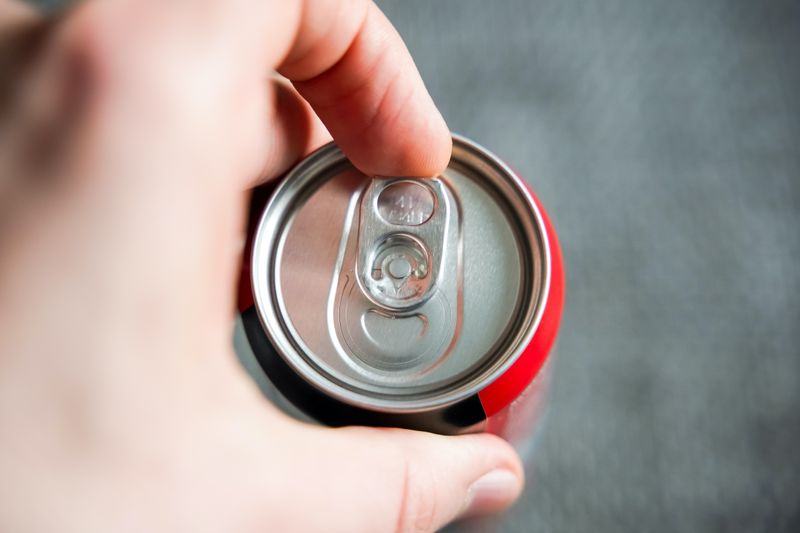
Regular soda offers a refreshing burst of sweetness, but it’s a significant challenge in diabetes management. Its high sugar content can lead to swift blood sugar spikes, offering minimal nutritional benefits.
Opting for sugar-free sodas or flavored water can provide refreshing alternatives. Recognizing the effects of regular soda on blood sugar levels is crucial for maintaining a balanced diet without unnecessary sugar intake.
8. Energy Drinks
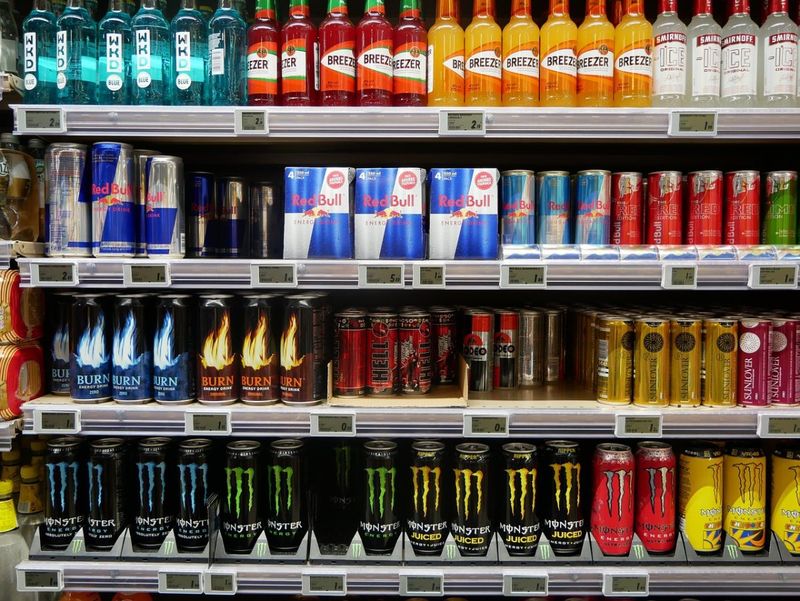
Touted as a fast track to renewed energy, many energy drinks hide a significant amount of sugar that can pose challenges for individuals managing diabetes. The sudden spike in glucose levels they cause can lead to dangerous fluctuations and instability.
Opting for sugar-free energy drinks or turning to natural energy sources offers a safer way to maintain stamina without jeopardizing blood sugar control. Staying informed about how energy drinks impact diabetes is key to making choices that prioritize both vitality and long-term health.
9. Sweetened Yogurts
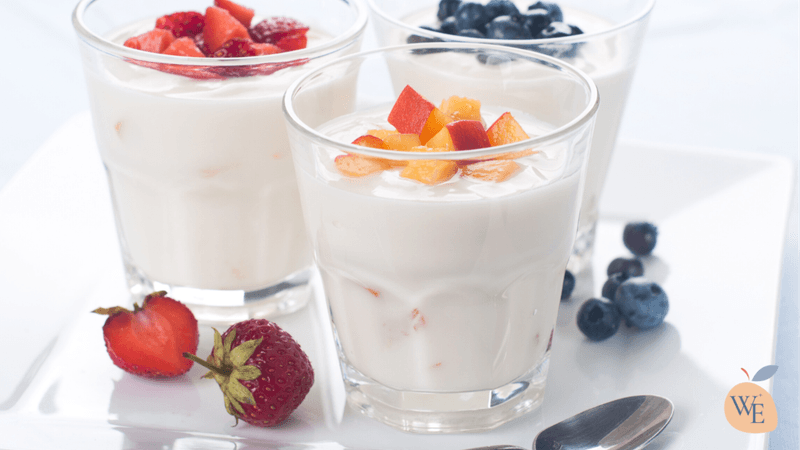
Sweetened yogurts, with their creamy texture and fruity flavors, may seem like a healthy choice. However, added sugars can turn them into a hidden source of blood sugar spikes.
Selecting unsweetened yogurt and adding fresh fruit allows for more controlled sugar intake. Understanding how sweetened yogurts affect blood sugar encourages smarter choices in managing diabetes, ensuring that breakfast remains both nutritious and delightful.
10. Fruit Juices
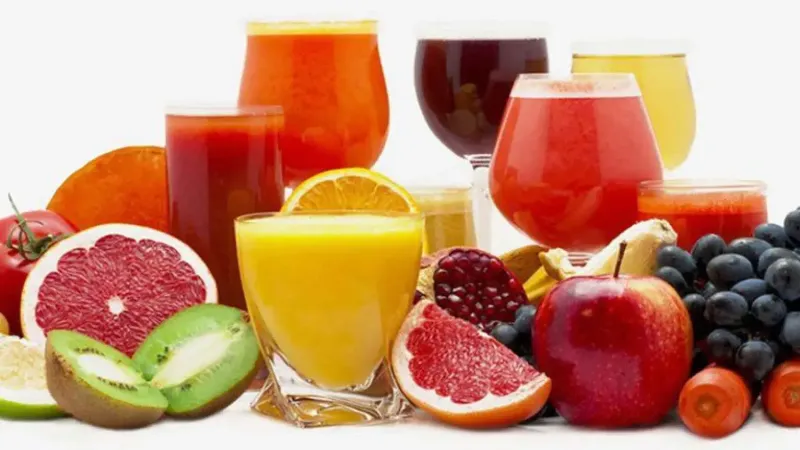
Though fruit juices come from natural sources, they can still cause significant spikes in blood sugar. Without the fiber found in whole fruits, juices lead to rapid glucose absorption, making them a less ideal choice for diabetes management.
Opting for whole fruits instead provides essential fiber that helps slow digestion and promote steadier blood sugar levels. Understanding the distinction between juice and whole fruit is crucial for balancing flavor enjoyment with maintaining healthy glucose control.
11. Canned Fruit in Syrup

Canned fruit in syrup tempts with its sweetness, but it’s a hidden sugar bomb for diabetics. The syrup can lead to fast blood sugar increases, overshadowing the natural goodness of the fruit.
Opting for fruit canned in water or its own juice is a wiser choice. Awareness of how canned fruit in syrup affects glucose levels aids in making healthier decisions, preserving the joy of fruit without excess sugar.
12. Watermelon
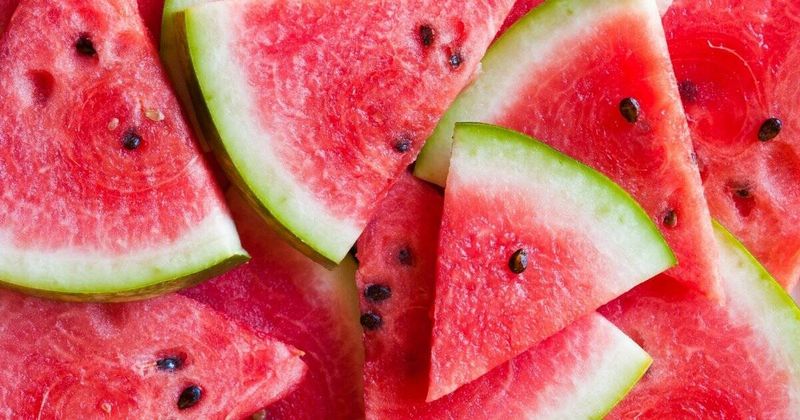
Few fruits capture the essence of summer quite like watermelon, with its refreshing sweetness and hydrating qualities. However, its high glycemic index can trigger rapid blood sugar spikes, making it a tricky choice for those managing diabetes.
Moderating portion sizes or pairing watermelon with a source of protein can help offset its impact and maintain better glucose control. Being mindful of how watermelon affects blood sugar allows for a more balanced approach to enjoying this beloved seasonal fruit.
13. Pineapple
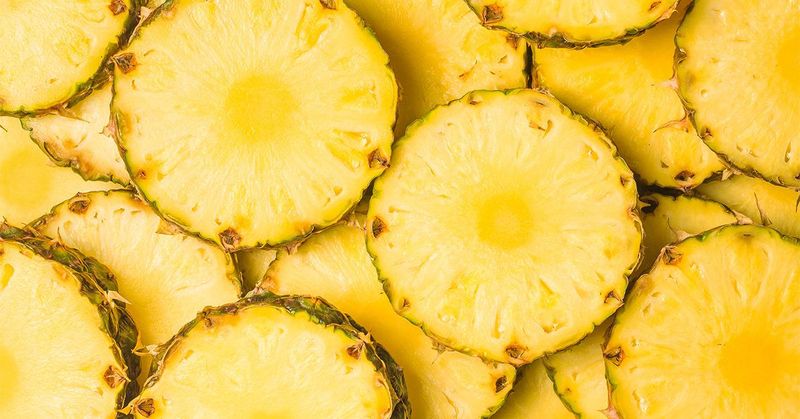
Pineapple’s tropical allure and juicy sweetness make it a popular choice. However, its high sugar content can lead to rapid blood sugar elevation, complicating diabetes care.
Consuming pineapple in moderation or with other low-sugar foods can help balance its impact. Understanding how pineapple affects glucose levels supports better dietary decisions, allowing for enjoyment without undue spikes.
14. French Fries
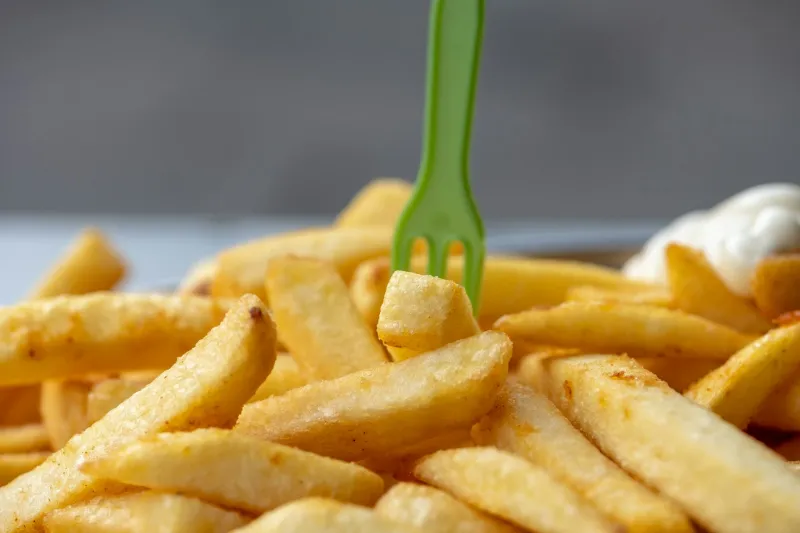
Beloved for their crispy texture and golden perfection, French fries are a classic comfort food. However, for those managing diabetes, they pose a double threat with their high carbohydrate content and unhealthy fats, often causing sharp blood sugar spikes.
Opting for baked versions or limiting portion sizes can help lessen their impact while still allowing room for occasional indulgence. Understanding how French fries affect glucose levels promotes smarter choices, making it possible to enjoy favorites more mindfully and healthfully.
15. Fried Chicken
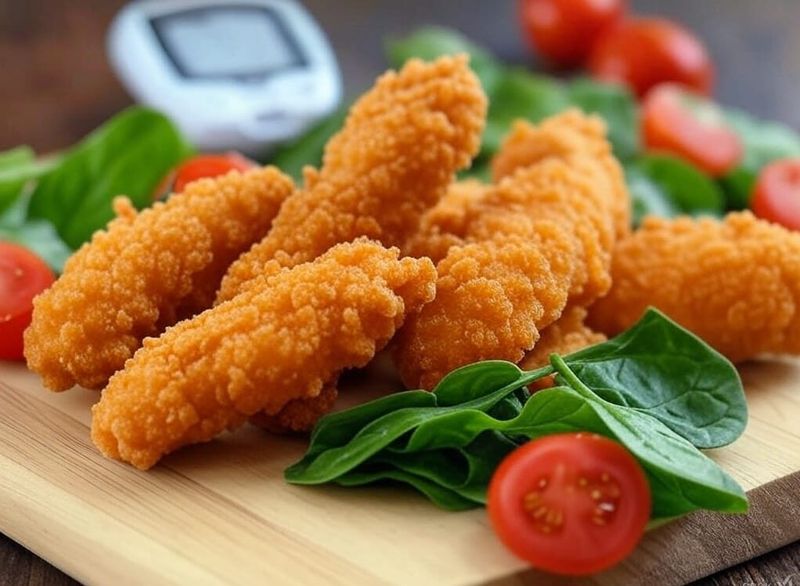
Fried chicken, especially when breaded, offers a satisfying crunch but can be problematic for diabetes management. The breading adds refined carbs, and frying contributes unhealthy fats, both affecting blood sugar.
Exploring grilled options or using whole grain coatings can provide healthier alternatives. Understanding the impact of fried chicken on glucose levels promotes informed choices while still enjoying beloved dishes.
16. Onion Rings
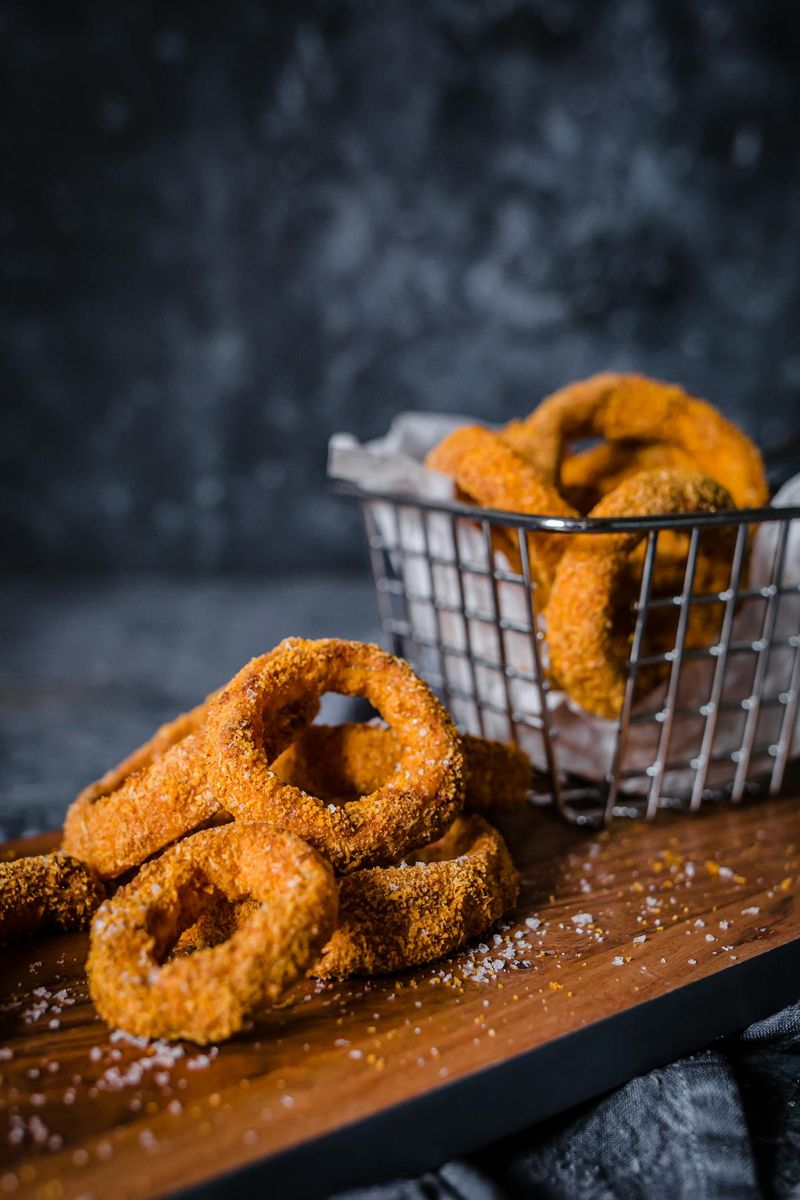
Crunchy and savory, onion rings are a tempting treat, but they can complicate diabetes management. Their blend of refined carbohydrates and frying oils often results in rapid blood sugar spikes, making them a less ideal choice.
Choosing baked versions or exploring vegetable-based alternatives can deliver similar enjoyment with a lighter impact on glucose levels. Understanding the effects of onion rings on blood sugar empowers more balanced eating, allowing for flavorful choices without unnecessary risks.
17. Potato Chips
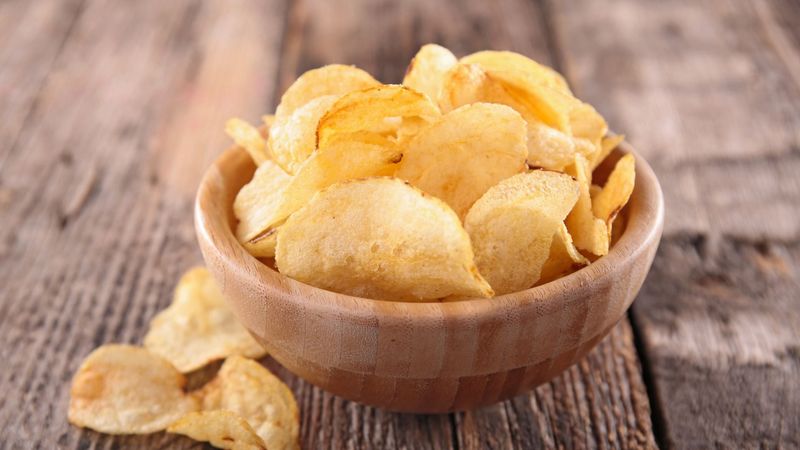
Potato chips, with their salty crunch, are a popular snack but present a problem for managing diabetes. Their combination of high carbs and unhealthy fats can cause blood sugar fluctuations.
Exploring baked or lower-carb snack alternatives can help manage these effects. Awareness of how potato chips impact glucose levels encourages more informed snacking, balancing enjoyment with health considerations.
18. Pretzels
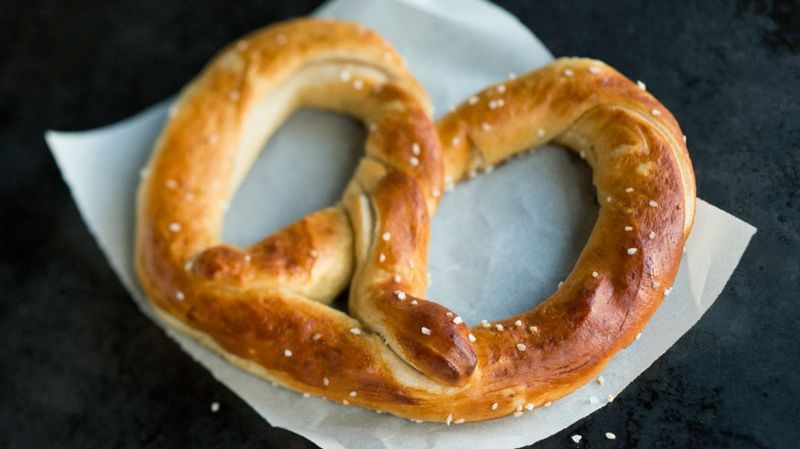
Despite their reputation as a healthier snack, pretzels can present challenges for those managing diabetes. Packed with refined carbohydrates and often high in salt, they can cause unexpected blood sugar spikes, undermining their perceived wholesomeness.
Opting for whole grain versions or limiting portion sizes can help keep blood sugar levels more stable while still allowing for an enjoyable snack. Being aware of how pretzels influence glucose control leads to smarter, more balanced snacking without giving up on flavor.
19. Packaged Snack Cakes
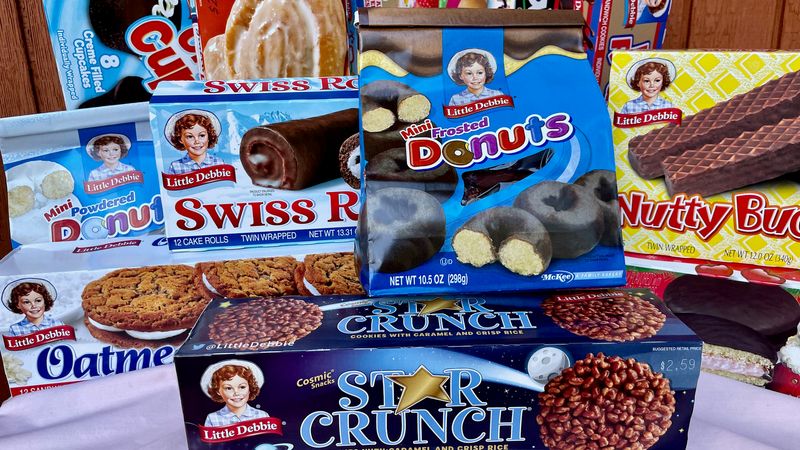
Packaged snack cakes offer convenience but can derail diabetes management efforts. Their high sugar and unhealthy fat content can lead to significant blood sugar spikes.
Seeking healthier snack alternatives or limiting consumption can help maintain stable glucose levels. Awareness of the impact of snack cakes on blood sugar encourages more mindful eating, balancing convenience with health priorities.
20. Ketchup
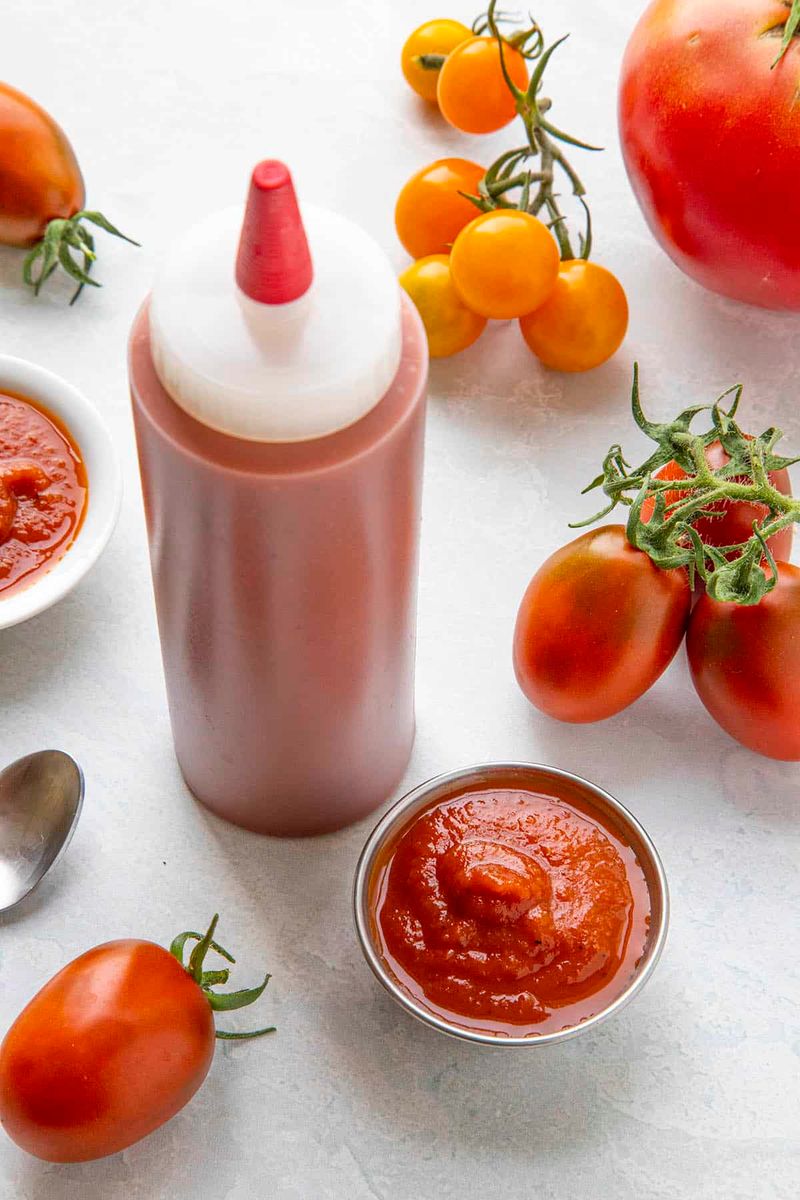
Often found on tables everywhere, ketchup may seem harmless but can be a hidden source of added sugars. For individuals managing diabetes, even small amounts can contribute to unexpected spikes in blood sugar levels.
Choosing sugar-free varieties or limiting portions can help reduce its impact while still enjoying the familiar tangy flavor. Being mindful of ketchup’s sugar content empowers better dietary choices without sacrificing the simple pleasures it brings to meals.
21. Barbecue Sauce
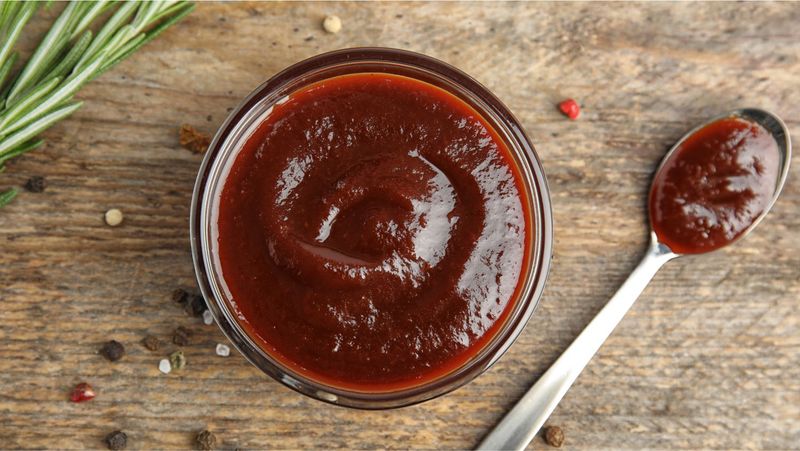
Barbecue sauce, with its rich and tangy flavor, enhances many dishes. However, its high sugar content can interfere with diabetes management, leading to quick glucose spikes.
Choosing low-sugar versions or making homemade sauce can help control sugar intake. Recognizing how barbecue sauce affects blood sugar supports more mindful seasoning, without sacrificing culinary enjoyment.
22. Flavored Coffee Drinks
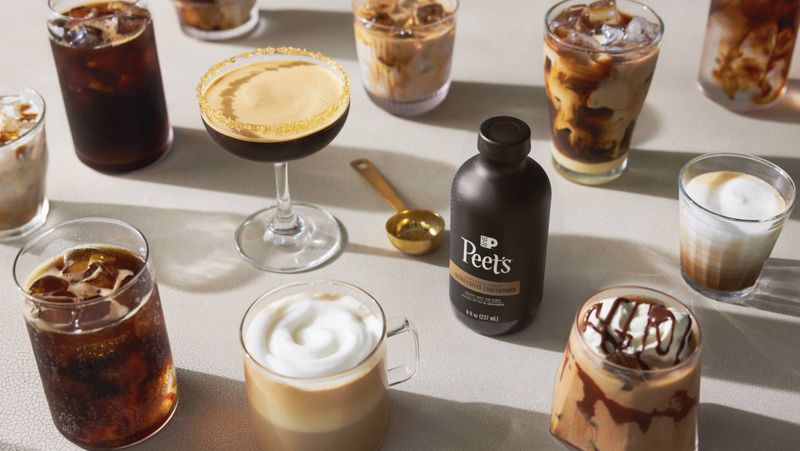
While flavored coffee drinks tempt with their rich aromas and indulgent taste, they often hide significant amounts of added sugars. For those managing diabetes, these hidden sugars and syrups can cause sudden and unexpected blood sugar spikes.
Choosing unsweetened options or customizing beverages with sugar-free syrups offers a satisfying way to enjoy coffee without the health risks. Staying aware of the sugar content in flavored coffee drinks empowers better choices, allowing for both enjoyment and mindful diabetes management.
Leave a comment